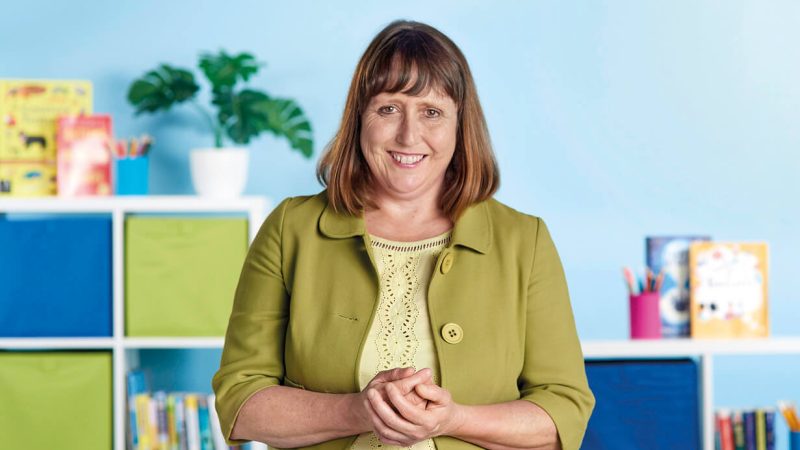What Can We Do To Close The Disadvantage Gap In Early Years?

The children of the least well-off in society are still struggling to catch up with their peers, says June O'Sullivan MBE – so how should we respond?

Some weeks ago I was invited to the launch of a new Ofsted report, titled ‘Unknown children – destined for disadvantage?’.
The foreword begins with the statement, “If we get the early years right, we pave the way for a lifetime of achievement. If we get them wrong, we miss a unique opportunity to shape a child’s future.” While I welcome any report that raises the plight of disadvantaged children, I was both upset and angered by it.
Key statistics
Here was yet another report telling us that children from more disadvantaged families don’t do as well as their better-off counterparts.
Let me share some key statistics. The speech and language gap between children from the lowest-income families is equivalent to 19 months. Poorer children’s basic level of communication is limited, because they cannot confidently articulate their thoughts, opinions and views. Around a quarter of disadvantaged children are unable to communicate effectively, because they lack the concentration, vocabulary and listening skills they need to focus their attention and understand what others were saying. And access to high-quality provision in poor areas remains a barrier, with only 8% of children living in prosperous areas in provision that is less than ‘good’, compared to 18% in poor neighbourhoods.
Last year, the Scottish government presented a review of progress against its equality targets in a report that drew on findings from its 10-year Growing Up in Scotland’ study. This report also made for depressing reading, highlighting as it did that children of parents on lower incomes were far more likely to have poorer health in their first four years of life; to have below average vocabulary; and to have below average problem- solving ability at age five, compared with higher income parents.
Taking action
The proposals set out in both reports are interesting. Ofsted wants settings to have a better understanding of what disadvantage looks like, so that their responses are more appropriate. Does ‘disadvantage’ mean living in a family affected by domestic violence, or with unemployed parents? Is it simply being entitled to the two-year-old offer? Once this is clear, the pedagogical approach can then be appropriately designed and EYPP can be directed strategically.
Both reports agree that leadership is vital for ensuring joined-up working between health and education, and had a key role to play in efforts to support home learning. Wasn’t Sure Start designed to address this, before it was left to wither on the vine?
The Scottish response is much more focused on cognitive development and the benefits of home learning for all children, regardless of social class – but particularly for those from disadvantaged homes. Being read to every day from 10 months, being actively involved in daily home learning activities and visiting a wide range of places from 22 months onwards were all significantly related to vocabulary ability and improved cognitive skills, even after taking account of socioeconomic background.
Which approach will lead to a change in behaviour? My vote is for leadership, which can ensure a triangle of parents, settings and action research that drives pedagogical ambition for children, underpinned by what we know helps – enriched literacy, resilience, confidence and home learning.
But as someone who has designed an approach that’s all about driving quality provision for disadvantaged children, I would say that, wouldn’t I?
June O’Sullivan MBE is the CEO of the London Early Years Foundation; you can find her personal blog at juneosullivan.wordpress.com, and follow her at @JuneOSullivan











